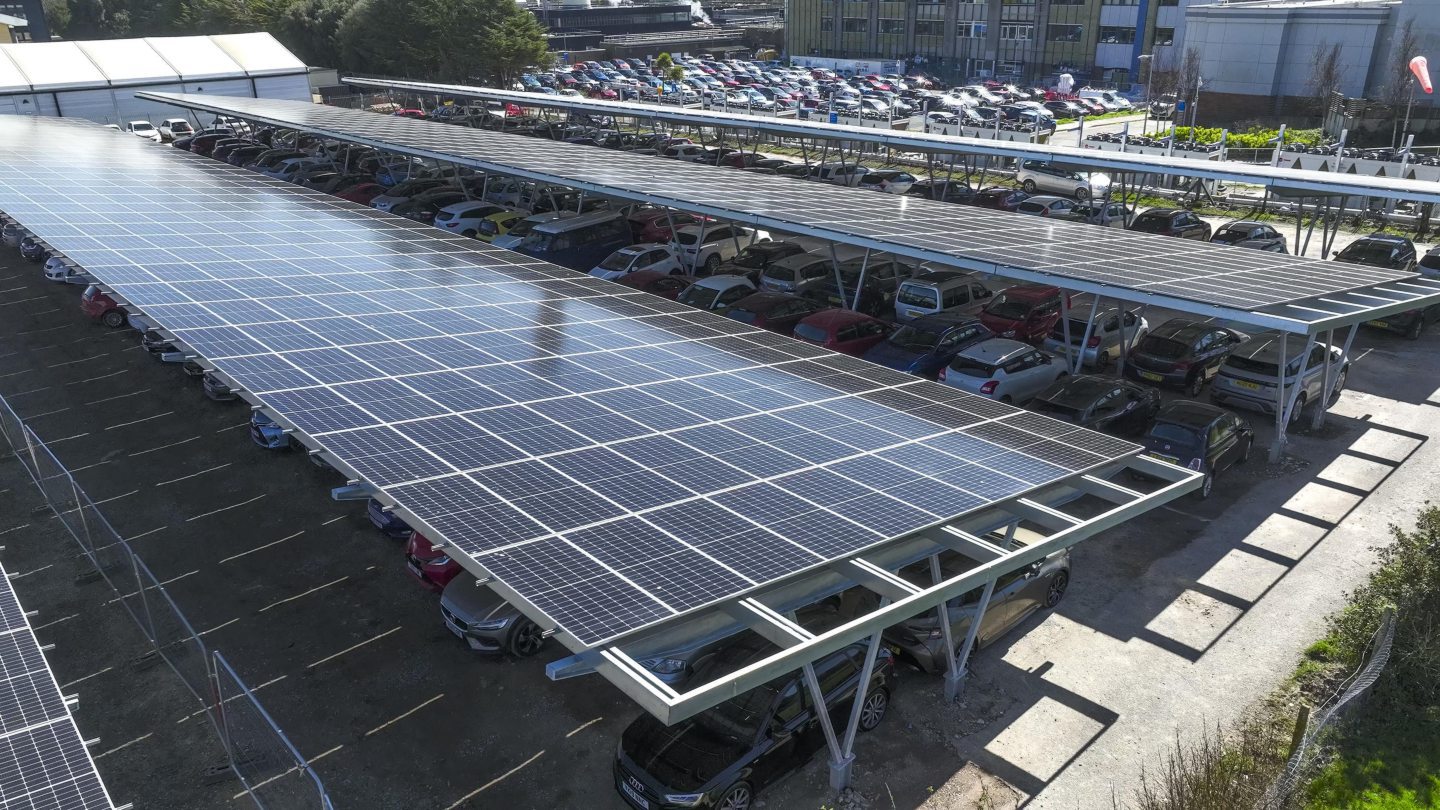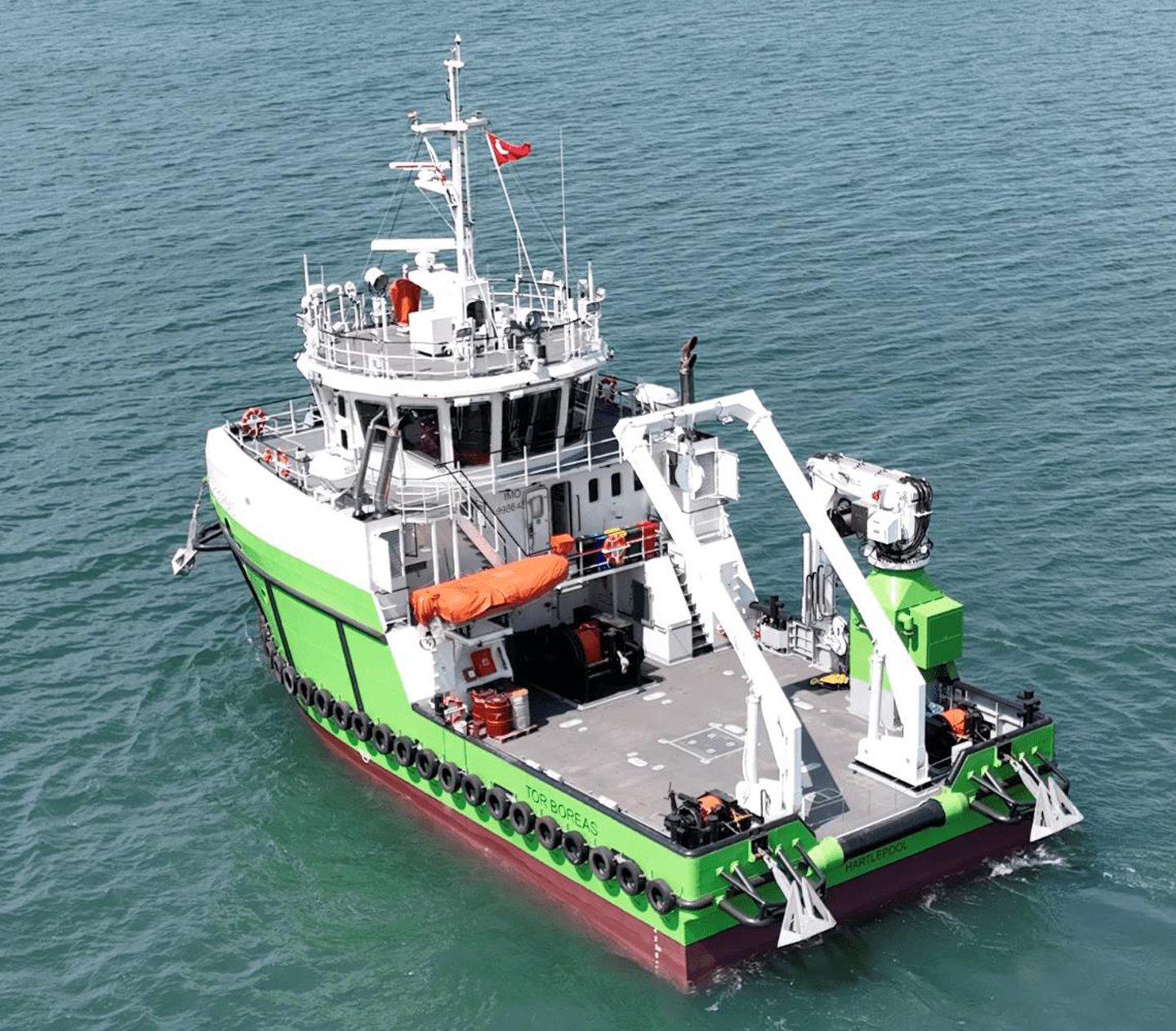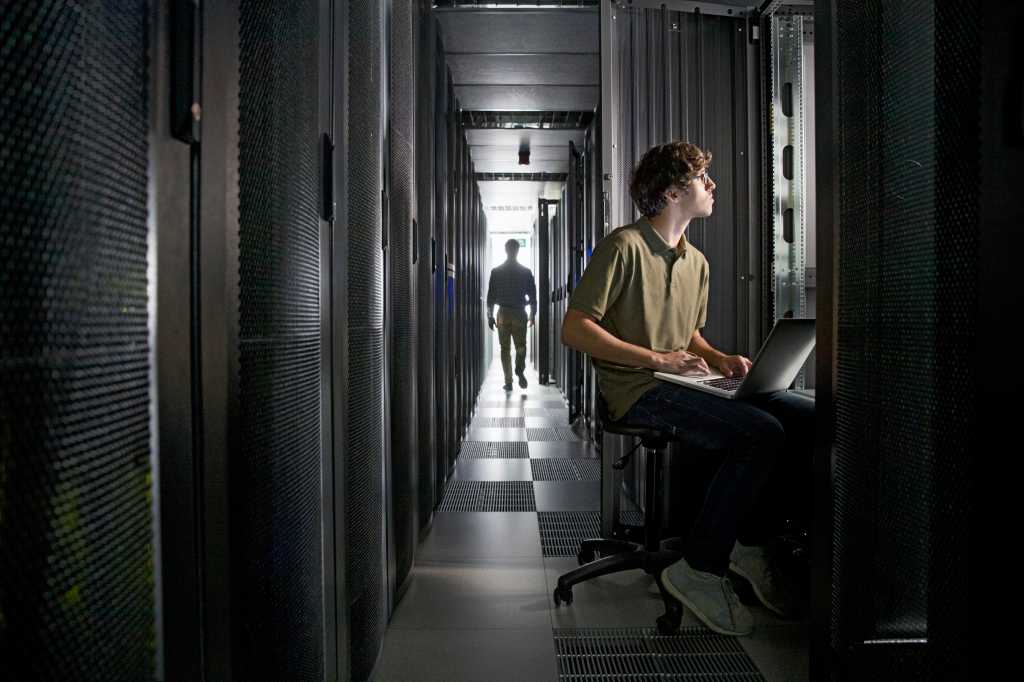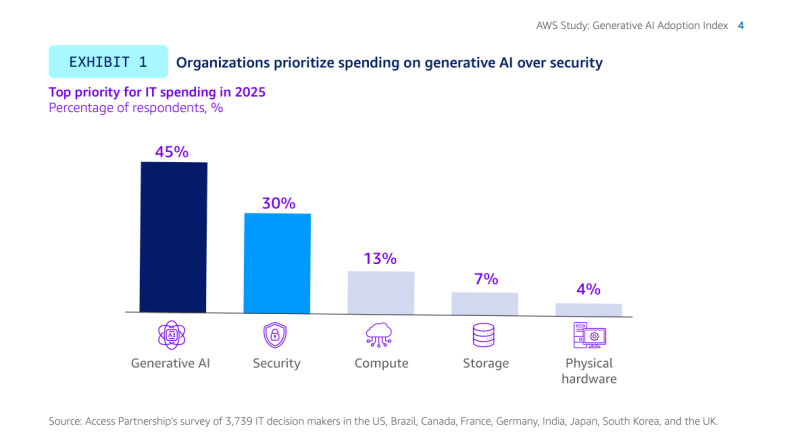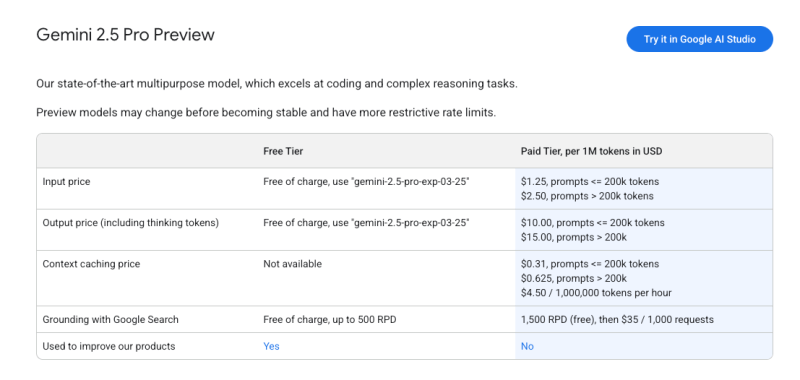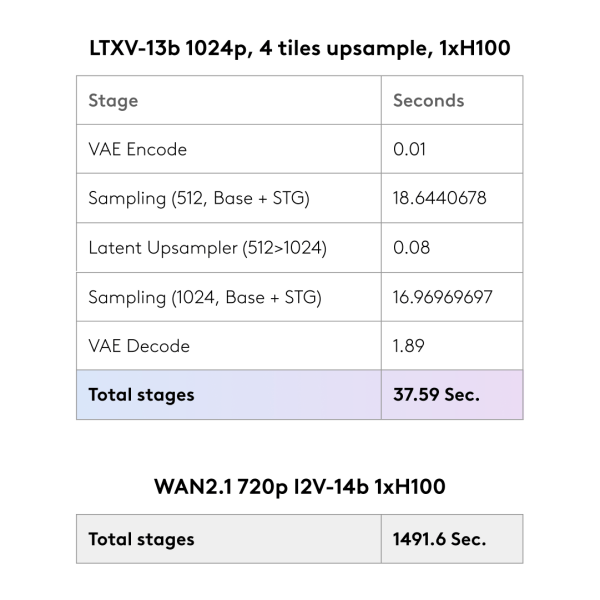
Oil climbed from the lowest closing price in four years on signs that production from the US may contract in the months ahead.
West Texas Intermediate advanced 3.4% to settle above $59 a barrel after tumbling more than 9% during the past six sessions. Diamondback Energy Inc., the largest independent producer in the Permian Basin, trimmed its full-year production forecast and said it expects US shale production will drop in the coming months.
Declining US crude output would help ease the global oversupply that’s expected to form this year as OPEC and its allies bring back production at a faster-than-expected pace. Diamondback projects onshore oil rigs across the US industry will drop by almost 10% by the end of this quarter, and Chief Executive Officer Travis Stice wrote that American output is “at a tipping point.”
Meanwhile, the US cut its forecast for domestic oil production this year in a report developed prior to a weekend supply decision from OPEC and its allies, signaling that the pullback in expectations for American output is set to continue.
Oil has plunged this year as OPEC+ boosts supplies and US President Donald Trump’s trade war weighs on the outlook for demand. The cartel agreed over the weekend to a further supply boost starting in June, with Saudi Arabia warning of additional increases if overproducing members don’t fall in line.
“Given that Saudi Arabia’s preferred oil price range is near $90, its tolerance for prices around the $50 mark appears to be reaching its limit,” said Razan Hilal, a market analyst at Forex.com. “However, regaining market share through supply cut unwinds — particularly against non-OPEC producers — could help offset those losses.”
Trump said he was willing to lower tariffs on China at some point because the levies are so high that the two countries have essentially stopped doing business with each other. He added that there were no imminent plans to speak with President Xi Jinping, who is in Russia this week to showcase ties with counterpart Vladimir Putin.
Elsewhere, Oman’s foreign minister said in a social media post that the US and Iran-backed Houthis have agreed to a ceasefire in the Red Sea following tit-for-tat airport attacks in Israel and Yemen. Neither side has since confirmed. The renewed tensions come ahead of a fourth round of nuclear talks between Washington and Tehran.
Global benchmark Brent recently dipped into oversold territory on the nine-day relative strength index and pierced its lower Bollinger Bands, pointing to a market that has fallen too quickly. Chinese markets also reopened after a holiday.
Oil Prices
- WTI for June delivery rose 3.4% to settle at $59.09 a barrel in New York.
- Brent for July settlement advanced 3.2% to settle at $62.15 a barrel.
What do you think? We’d love to hear from you, join the conversation on the
Rigzone Energy Network.
The Rigzone Energy Network is a new social experience created for you and all energy professionals to Speak Up about our industry, share knowledge, connect with peers and industry insiders and engage in a professional community that will empower your career in energy.
MORE FROM THIS AUTHOR
Bloomberg







